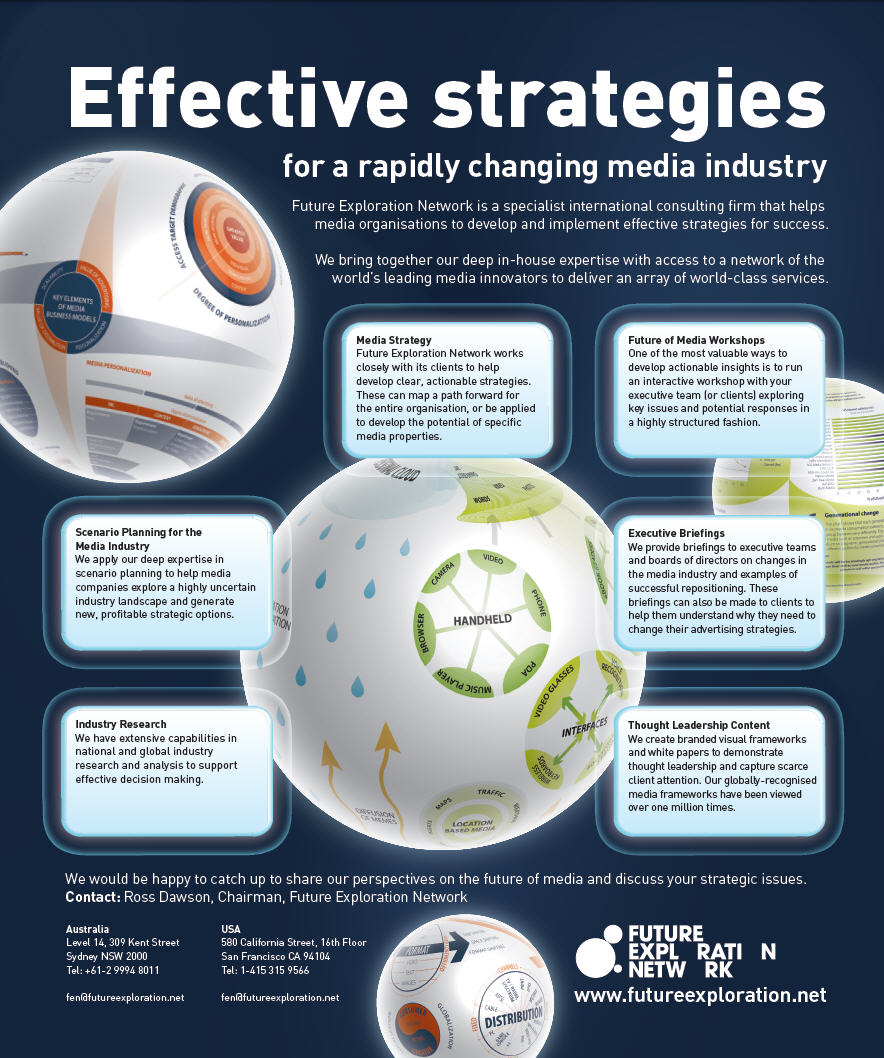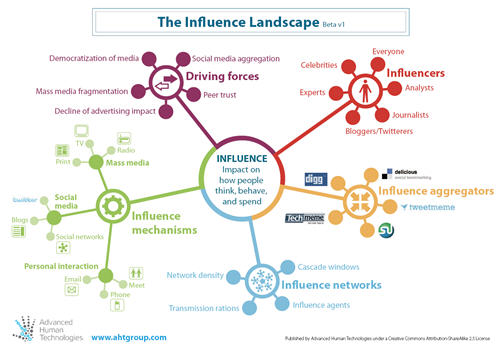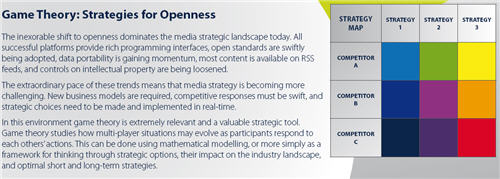I very rarely find the time to write magazine articles, but I was delighted to write the opening feature article for MediaTitles 2010, an annual publication which covers the media and magazine industry.
To see the article in the full splendor of the print version, go to the MediaTitles website, which has the full publication viewable using Realview Technologies (with the article reformatted to take out the lists of four, which I think is a pity). My article is on pages 7-10.
The (original) text of the article is below.
CREATING THE FUTURE OF MEDIA
These are the best of times, these are the worst of times. The global economic crisis, coming on top of a dramatic transformation wrought by the rise of the Internet, is creating the swiftest change in media industry structure ever experienced. Newspapers and magazines are being shut down at an extraordinary pace all over the world, journalists are losing their jobs, and broadcast media are under threat as sliding advertising revenue hit an unmoving cost base. Yet as the world shifts towards what will be truly an all-encompassing media economy, there are extraordinary opportunities ahead for media organisations.
This is a critical juncture to examine the future of media. Magazines have and will continue to be central to how we learn, socialise, entertain ourselves, and make buying decisions. Yet the magazine industry will undoubtedly look very different scant years ahead. It is our role and responsibility to create the future of media, rather than to let it happen to us. To do that, we need to examine the most central driving forces, strategic issues and capabilities in the evolving media landscape.
Four Driving Forces
Read more →



